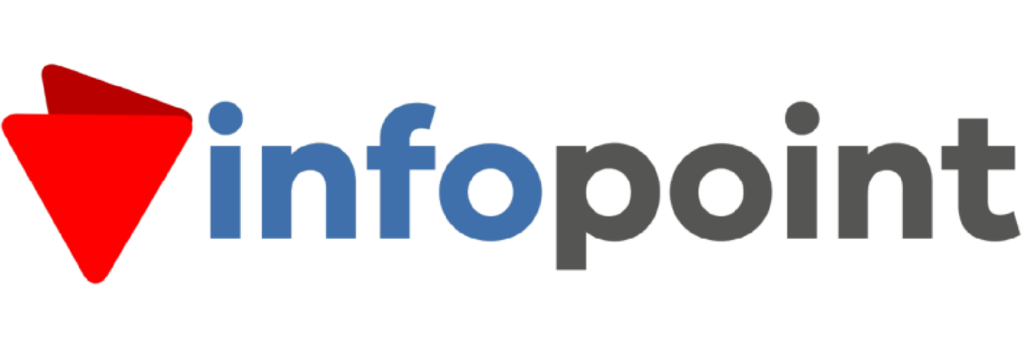
Infopoint discovers, classifies, and controls in-house data assets in line with corporate policies by scanning them end-to-end. It increases data awareness and operationalizes data security.
Know, Manage, Protect Your Data with Infopoint
Infopoint is an integrated data discovery and classification platform that enables the detection, classification and management of sensitive data scattered and invisible on corporate systems.
It works in a wide scope from file contents to user groups; It detects illegal content, makes risky data structures visible, and makes scanning processes sustainable with automated workflows.
Content-Based Data Exploration
Regardless of the file extension, it analyzes based on content. Detects embedded, forgotten or unauthorized data contents.
Multi-Layer Classification Engine
Regex offers a flexible classification infrastructure with dictionary and expression-based rules. Supports user-defined and ready-made rule sets.
Rule-Based Policies
It transforms classifications into a complex set of rules. Advanced conditions can be defined with AND, OR, NOT, and parenthetical operators.
LDAP and User Targeting
Scan tasks can be restricted to specific users, groups, or access roles. It provides authorization-based scanning.
Scheduling and Scheduling Tasks
Scan tasks can be scheduled at specific times, periodically, or according to specific scenarios. Process automation is supported.
Infopoint Discovery Module
Infopoint’s Discovery Module performs content-based scanning of files and folders on all systems. Lost, buried, or neglected datasets are detected. This module works in a wide scope, from file contents to user groups; It detects illegal content, makes risky data structures visible, and makes scanning processes sustainable with automated workflows.
Classifier Module
Defines scan rules through regex, dictionary or key phrases. You can create your own rules or use ready-made templates.
Policy Engine
Policies that enable action to be taken according to the classification results are defined. A structure is established in accordance with corporate data management policies.
Task Planner
It is a configurable task system that determines which dataset will be scanned for which user or group, at what time interval, in which formats.
Scope and Authorization Management
Narrows or expands the scope with controls such as user-based scanning, directory exclusion, file type filtering, etc. It offers an access-controlled architecture.
Infopoint Watermark Module
Infopoint’s Screen Watermark Module deterrents users to data leaks. This module continuously places user-specific watermarks on the screen in certain applications (e.g. Word, Excel, Chrome). These watermarks can include information such as username, IP address, date and time, and can be customized (thickness, font size, color, etc.).
Process Based Application
It provides watermark display in certain applications.
AD Integration
It offers user-based application.
Screenshot Detection
If the user takes a screenshot, this action is logged and reported to the administrators.
Customizable Watermarks
The appearance of the watermarks is fully customizable.
Print Watermark
Watermarks can also be printed on files that are removed from the printer.
Process Based Application
It provides watermark display in certain applications.
AD Integration
It offers user-based application.
Screenshot Detection
If the user takes a screenshot, this action is logged and reported to the administrators.
Customizable Watermarks
The appearance of the watermarks is fully customizable.
Print Watermark
Watermarks can also be printed on files that are removed from the printer.
Infopoint File Migration Module
Infopoint’s File Migration Module enables automated action to be taken on incidents detected as a result of context-based data discovery with Forcepoint or the Infopoint Discovery Module. Detected files are either moved or deleted according to corporate policies. Migrations are carried out by directing them to remote areas determined by the institution or to user-specific disk areas. In place of the moved file, a tombstone is left on the system so that the user can understand where the file has been moved. In addition, as a result of the data discovery, the user is notified to move files that do not comply with the policies of the institution.
Discovery-Based Active Response
Move or delete actions are triggered on the files determined as a result of discovery.
Directed Transport to Destination
Data can be moved to remote servers or to user-specific disk spaces.
Tombstone Drop
The moved file is replaced by a symbolic tombstone that shows the location information.
Policy-Based Alerting and Automation
According to the policies of the institution, the user is guided with scenarios such as "You cannot keep this file on the local computer".
Infopoint File Labeling Module
Infopoint’s File Tagging Module automatically tags files downloaded through browsers based on the source URL. This structure detects files downloaded with add-ons integrated into browsers; The tagging process is carried out by the Infopoint agent. Thus, files from external sources are marked in accordance with corporate policies at the time of first contact.
URL-Based Tagging
Downloaded files are automatically tagged based on the web address from which the file came.
Plugin + Agent Integration
Browser plug-ins detect the file download, tagging is done by the Infopoint agent.
Instant and Automatic Application
Downloaded files are flagged in real-time without the need for any manual intervention.
Corporate Labeling Policies
Labels can be configured according to data sources specific to the organization (for example: externally sourced file, untrusted content, etc.).
URL-Based Tagging
Downloaded files are automatically tagged based on the web address from which the file came.
Plugin + Agent Integration
Browser plug-ins detect the file download, tagging is done by the Infopoint agent.
Instant and Automatic Application
Downloaded files are flagged in real-time without the need for any manual intervention.
Corporate Labeling Policies
Labels can be configured according to data sources specific to the organization (for example: externally sourced file, untrusted content, etc.).

Why Infopoint?
Infopoint is a system designed to ensure the security of sensitive data and to inform users. It scans and classifies sensitive data on computers and identifies risks. It is a reliable product in information security with its user-friendly interface, automatic processes and customizable structure.
Context-Aware Discovery Approach
Thanks to the scan structure that focuses on the file content, not the extension, files that contain personal data, but are stored in an unusual way, are detected. Sensitive data in folders, archives, or old backups becomes visible.
Rule Definition and Ease of Compliance
Scanning scenarios can be created with regex, dictionary and expression-based rules. It provides pre-audit visibility and control in compliance processes with regulations such as KVKK and ISO 27001.
Flexible Task Scheduling
Scanning operations can be run timer-based or manually. The file type can be customized by user, access group, and time criteria.
Authorized Scan Logic
Thanks to LDAP integration, user-based targeting can be done. It complies with the internal authorization hierarchy, only authorized areas can be included in the scope of scanning.
Reveals Unclaimed and Scattered Data
Files that are embedded, forgotten or whose owner is unknown are marked. Data security awareness is increased in non-DLP systems and provides concrete resources for data cleaning.

Why Infopoint?
Infopoint is a system designed to ensure the security of sensitive data and to inform users. It scans and classifies sensitive data on computers and identifies risks. It is a reliable product in information security with its user-friendly interface, automatic processes and customizable structure.
Context-Aware Discovery Approach
Thanks to the scan structure that focuses on the file content, not the extension, files that contain personal data, but are stored in an unusual way, are detected. Sensitive data in folders, archives, or old backups becomes visible.
Rule Definition and Ease of Compliance
Scanning scenarios can be created with regex, dictionary and expression-based rules. It provides pre-audit visibility and control in compliance processes with regulations such as KVKK and ISO 27001.
Flexible Task Scheduling
Scanning operations can be run timer-based or manually. The file type can be customized by user, access group, and time criteria.
Authorized Scan Logic
Thanks to LDAP integration, user-based targeting can be done. It complies with the internal authorization hierarchy, only authorized areas can be included in the scope of scanning.
Reveals Unclaimed and Scattered Data
Files that are embedded, forgotten or whose owner is unknown are marked. Data security awareness is increased in non-DLP systems and provides concrete resources for data cleaning.


